PICOS AND PALENCIA MOUNTAINS
PICOS AND PALENCIA MOUNTAINS
Bear, birds
8 Days
3+ People
Season: spring and fall
SUMMARY
In addition to the iconic and more well known Picos, on this tour we will add a completely different itinerary to include the flat plains of Palencia and also the not so renown Palencia Mountains. This will add a really interesting mix of wilderness areas that house a large selection of birds, mammals, butterflies and flowers of great appeal.
Furthermore, and to take full advantage of the area, the traditional buildings in Palencia and its famous Romanesque chapels are well worth visiting.
This tour is geared either for spring to early summer or for autumn, but not so recommendable during the height of summer owing to the uncomfortably high temperatures that Palencia can experience.
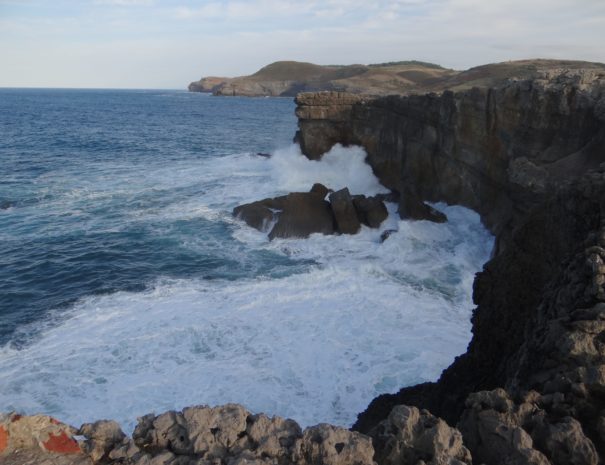
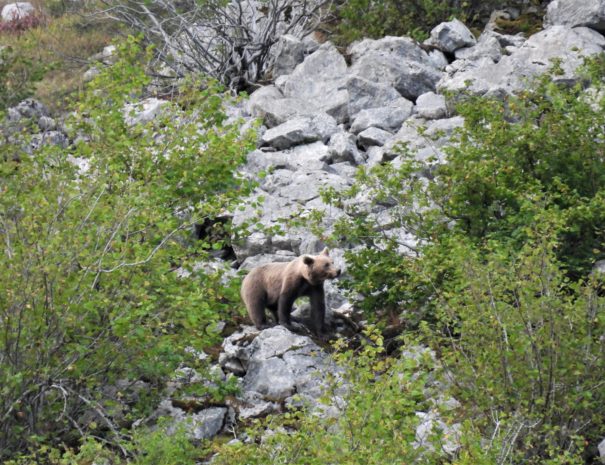


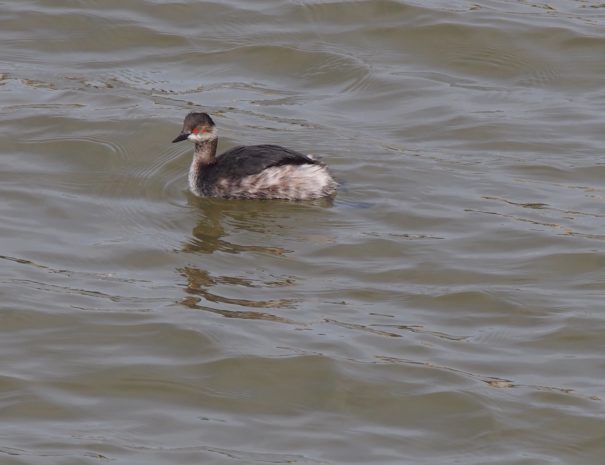
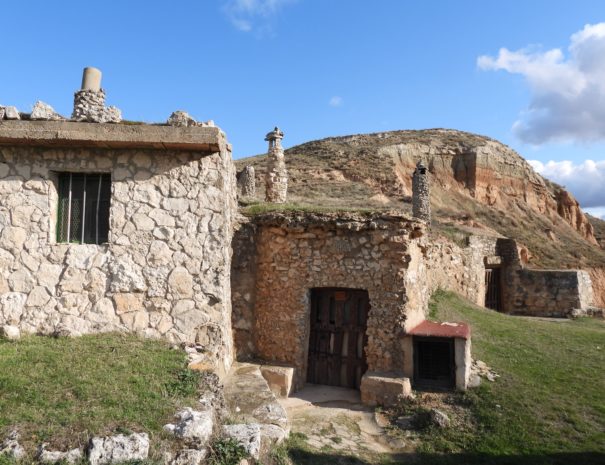
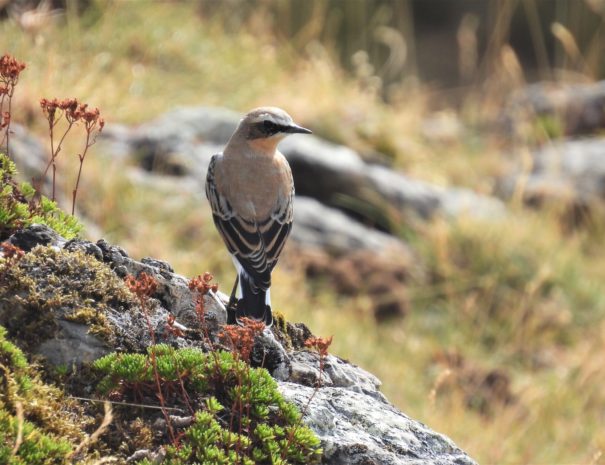

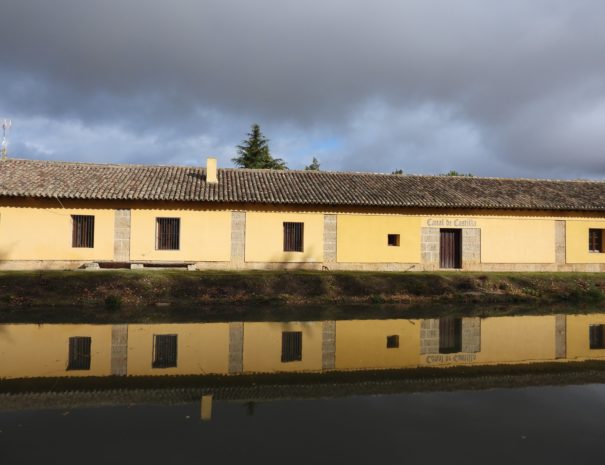

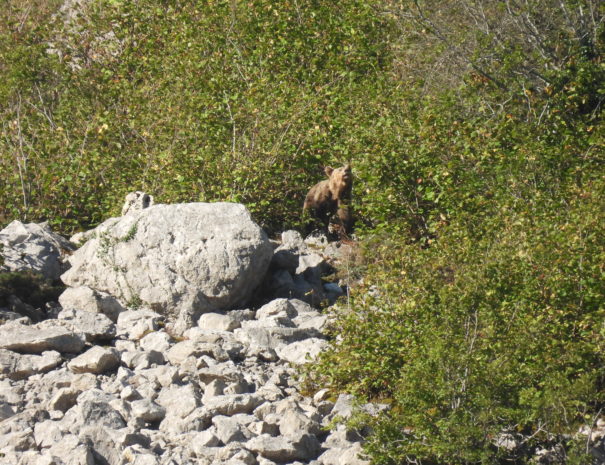

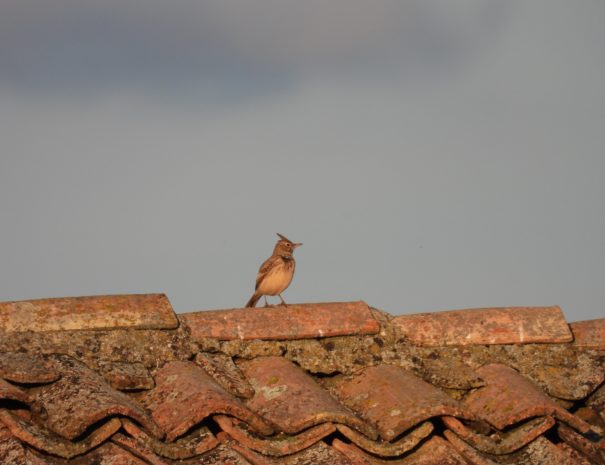
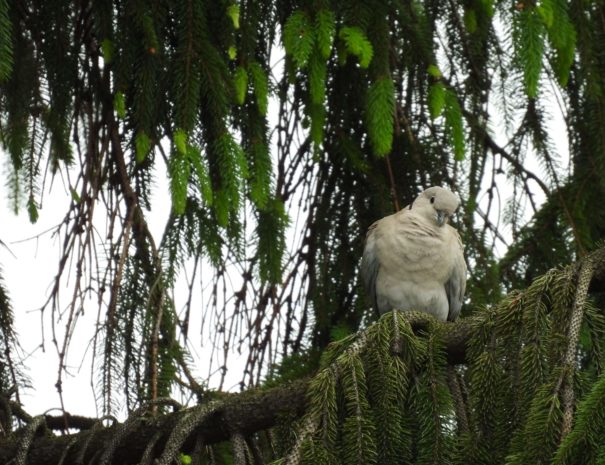



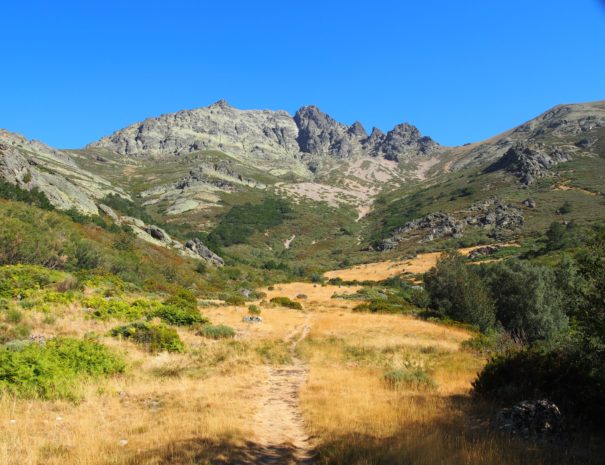

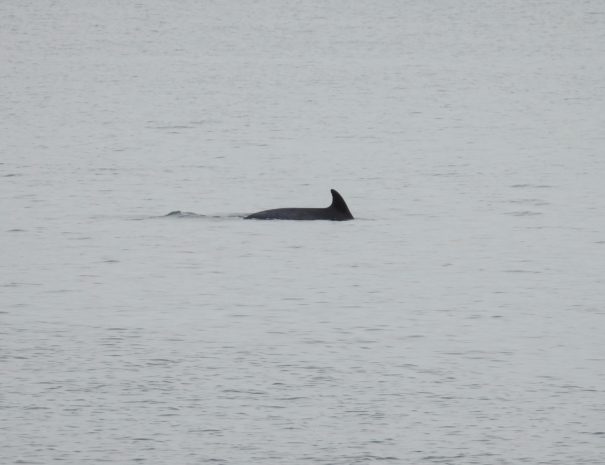

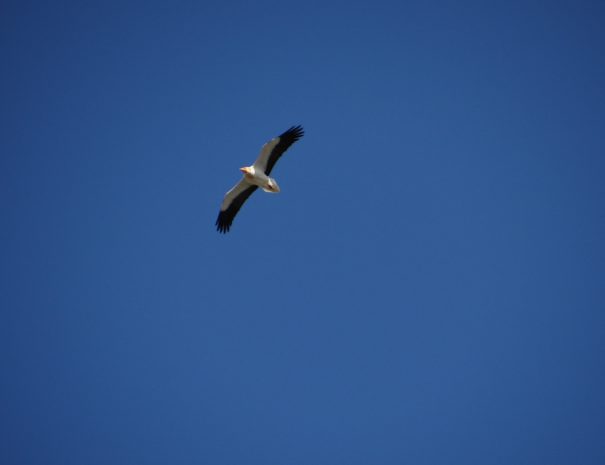
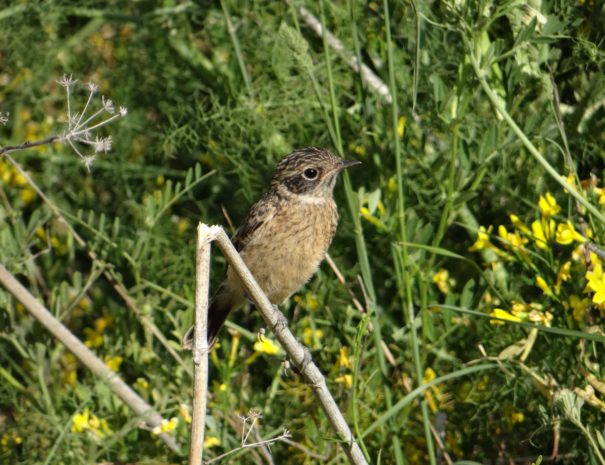
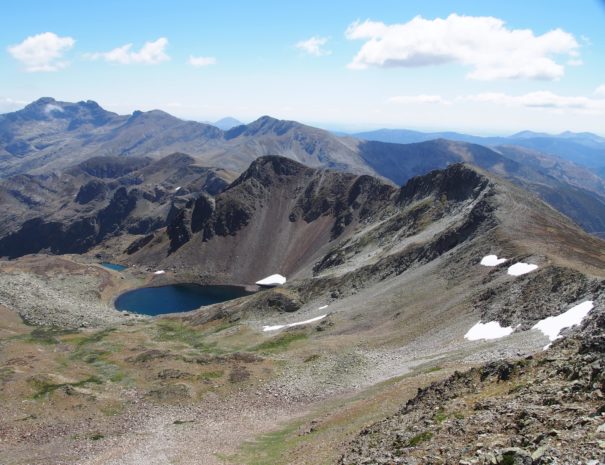
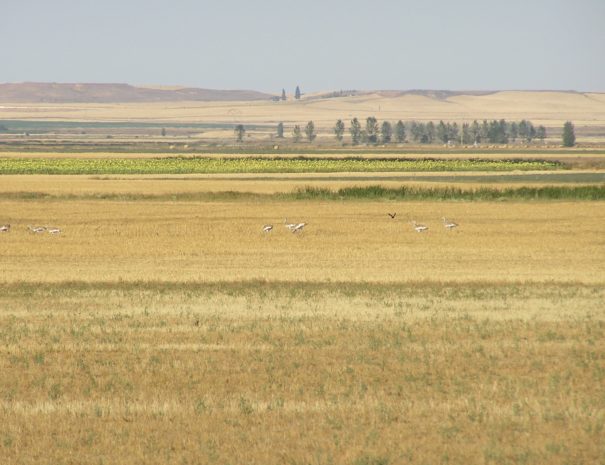
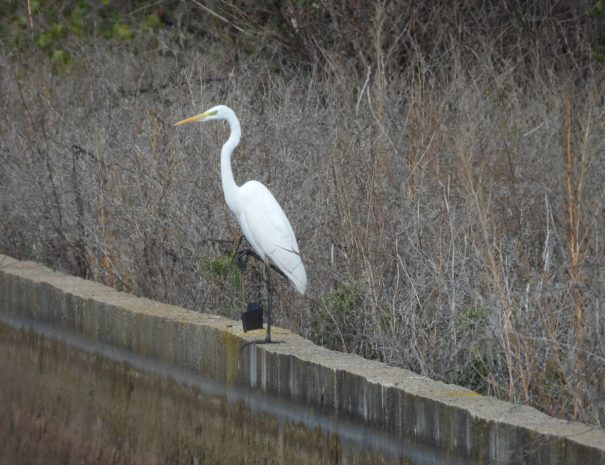
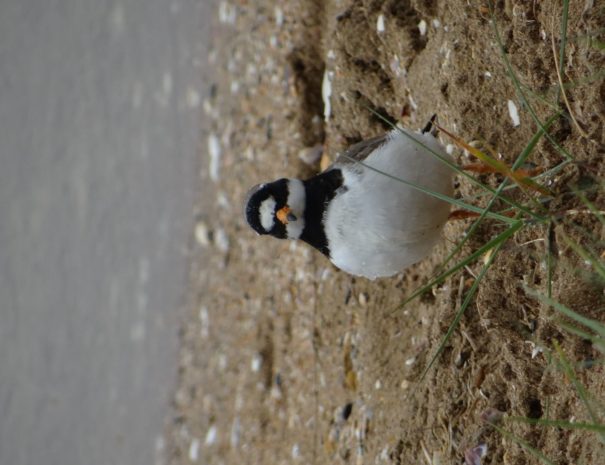

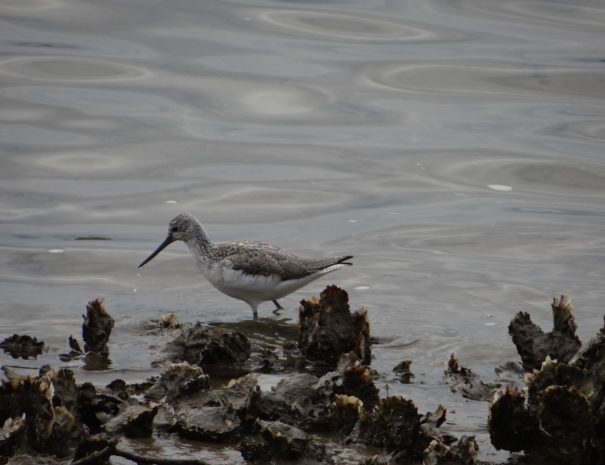


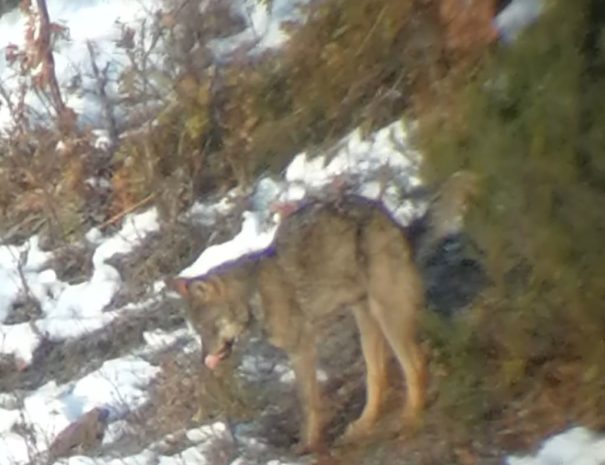

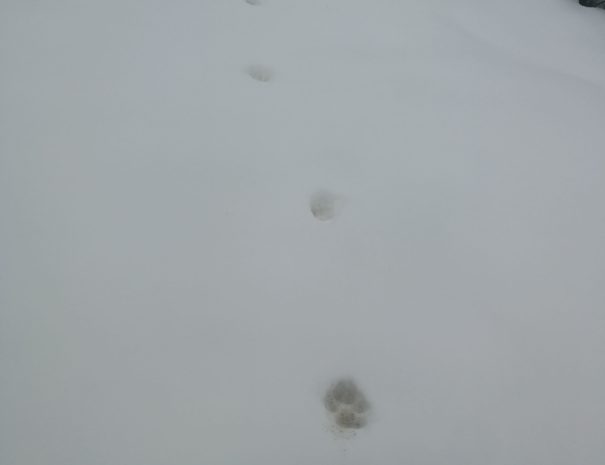
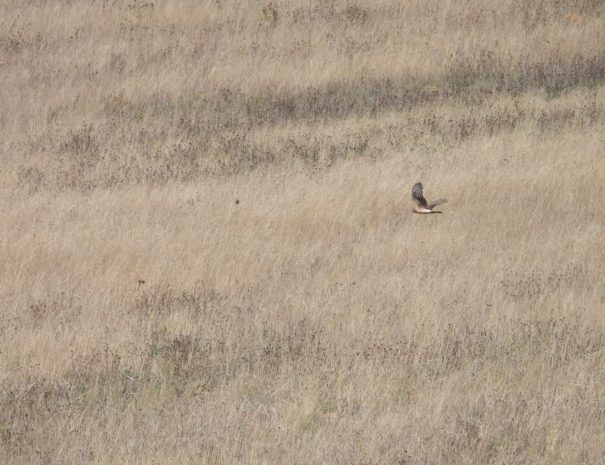
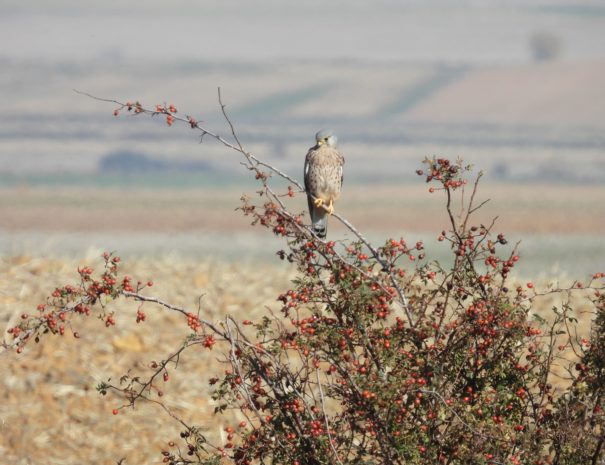
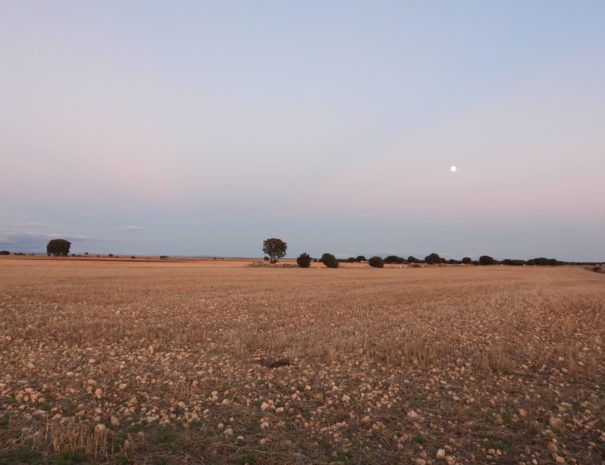

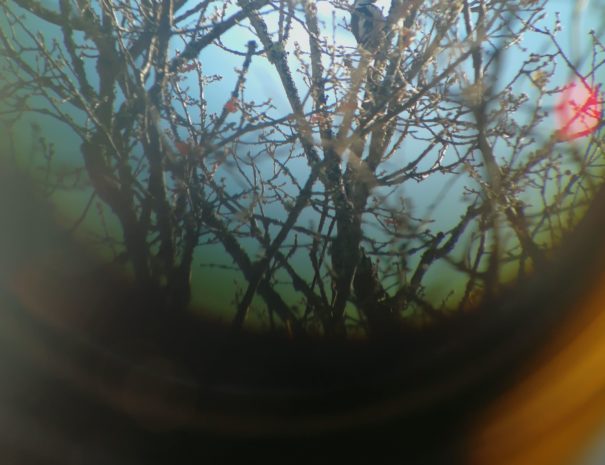


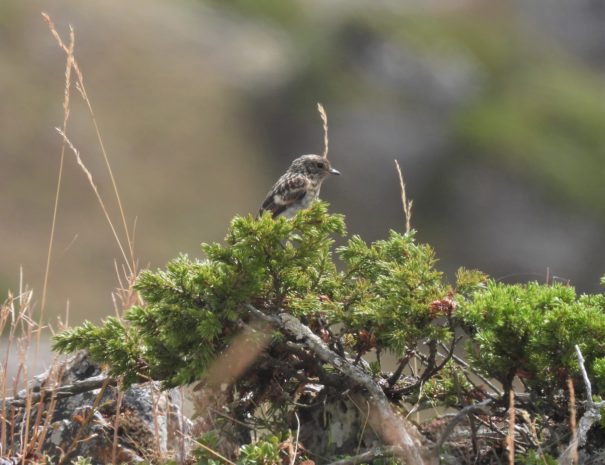
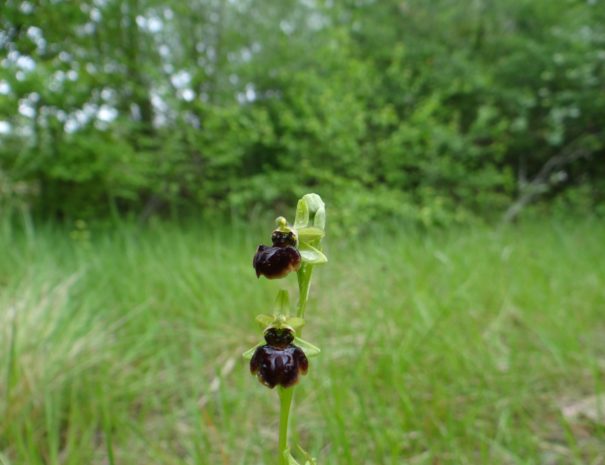
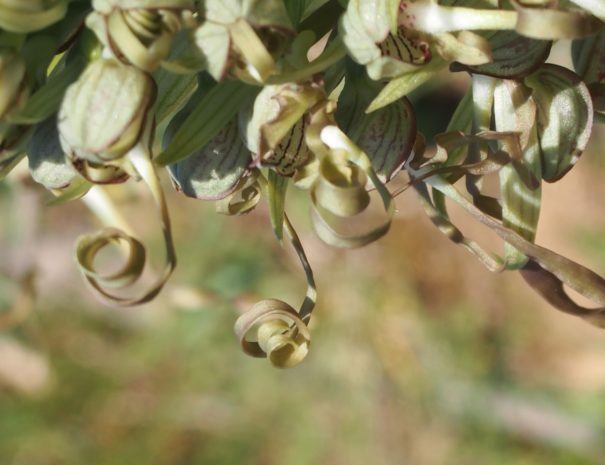
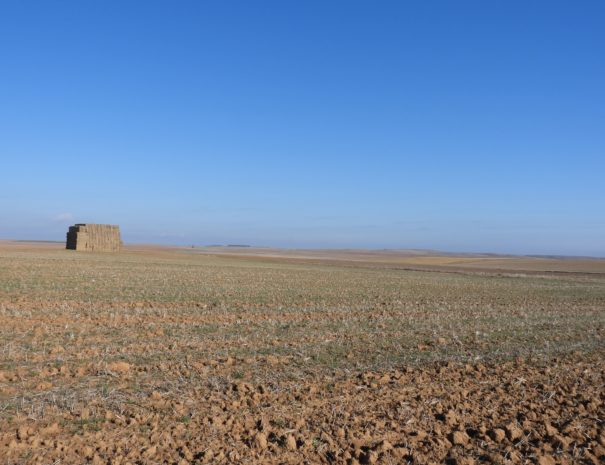

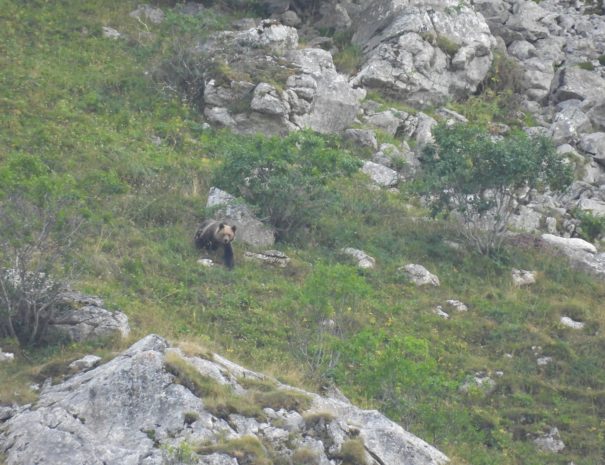
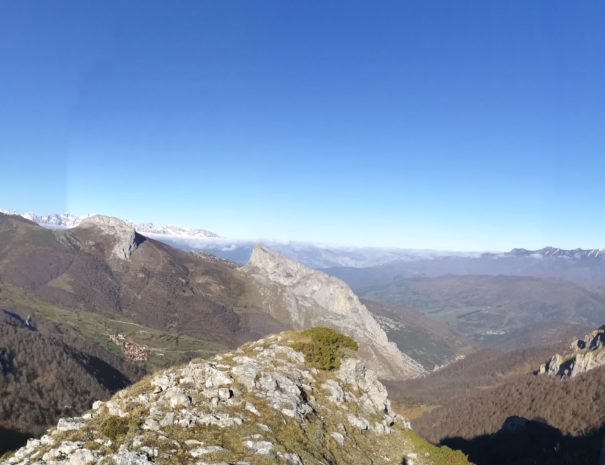
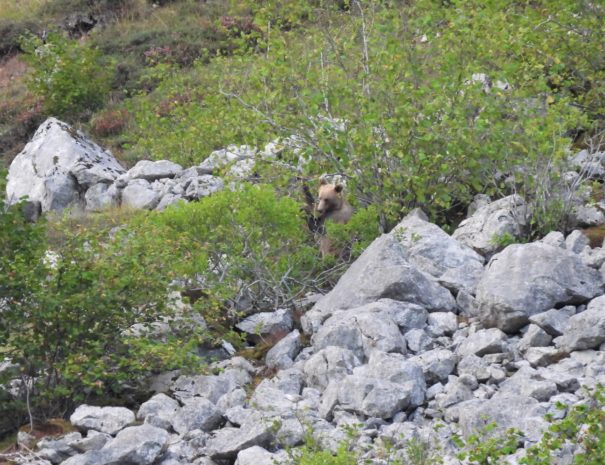

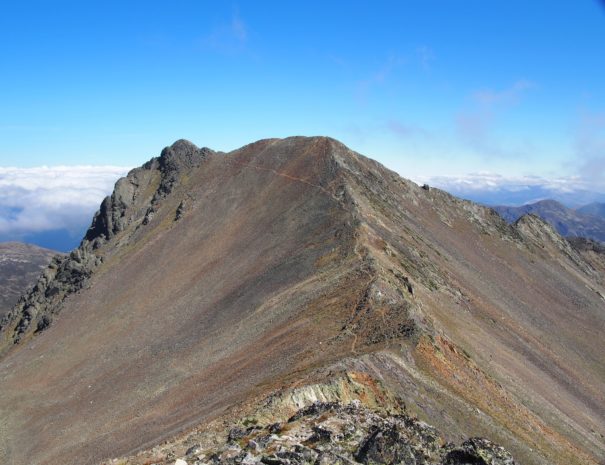
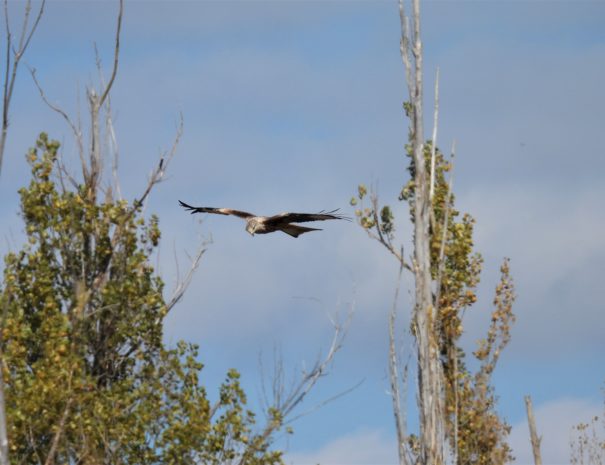
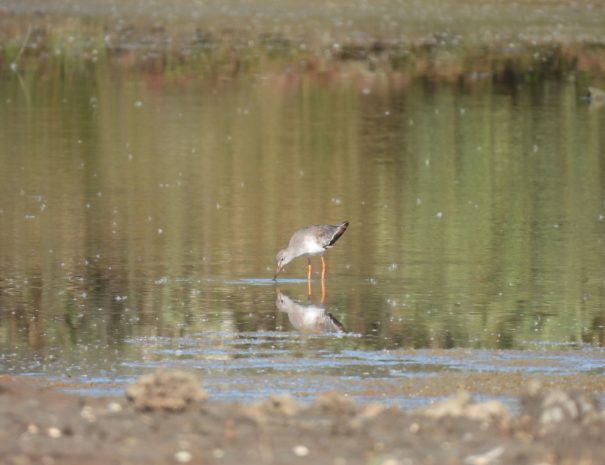
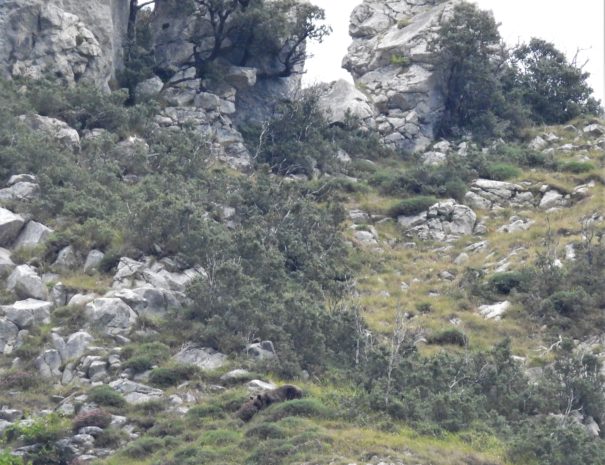
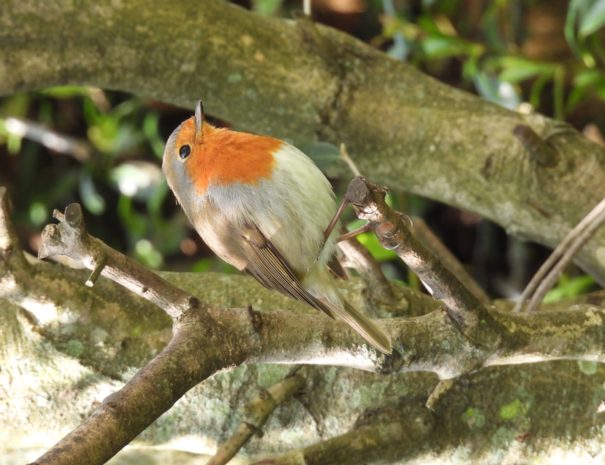
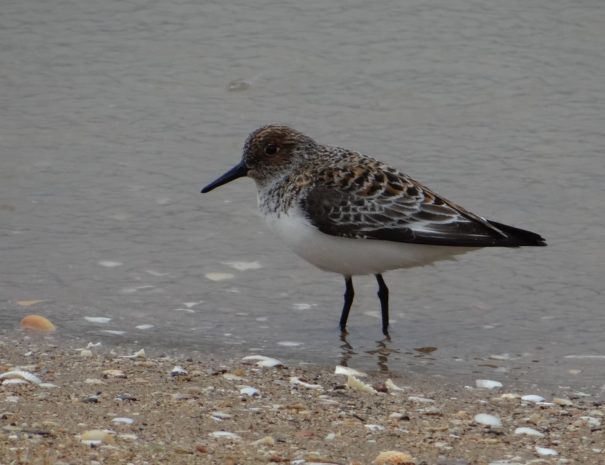
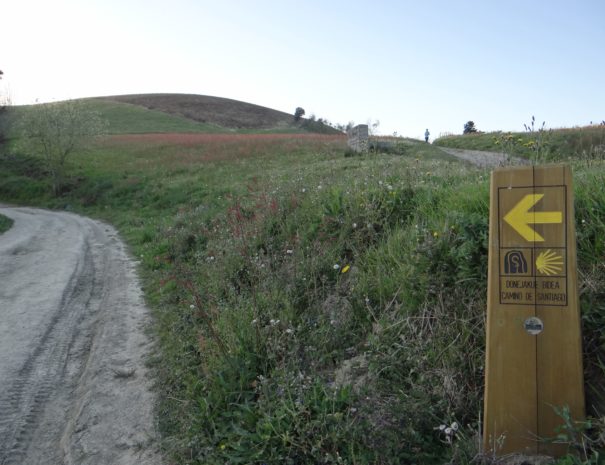
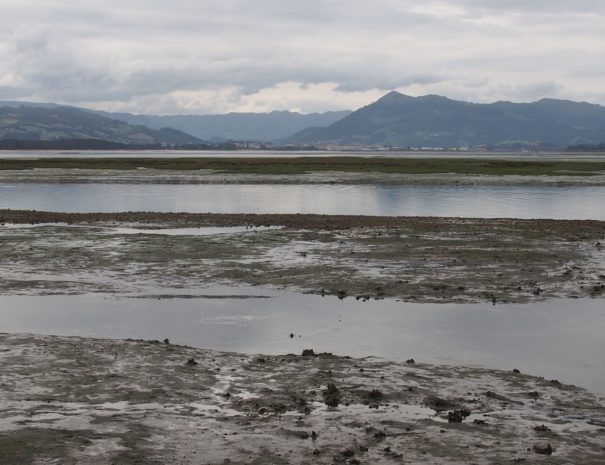

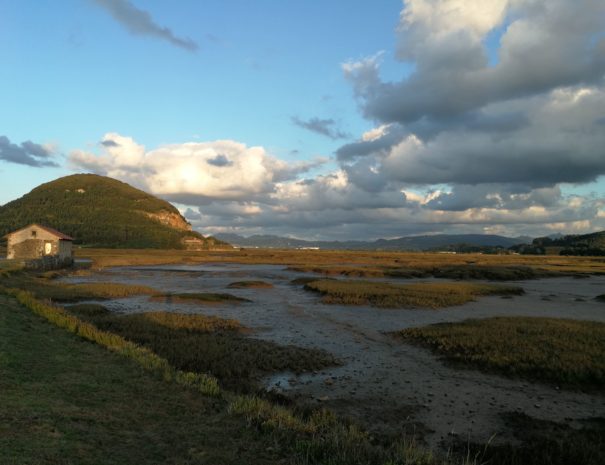
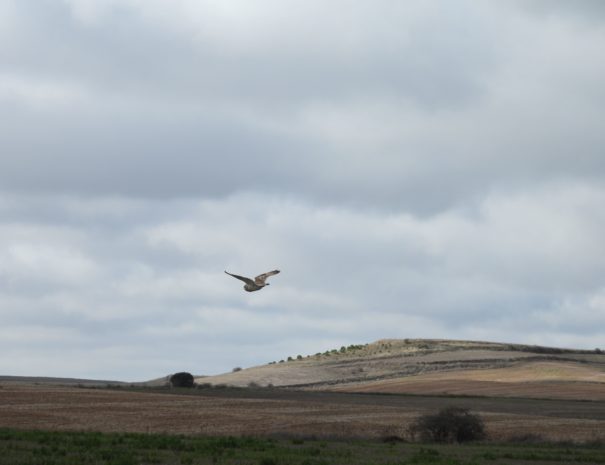
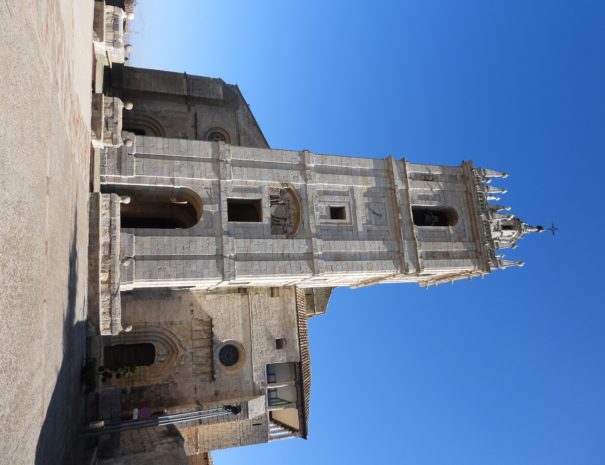
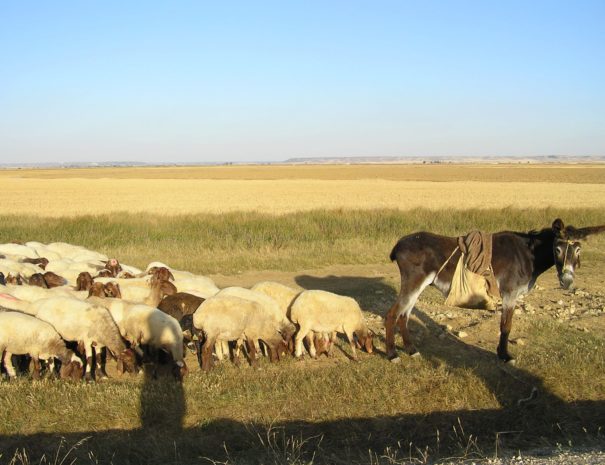

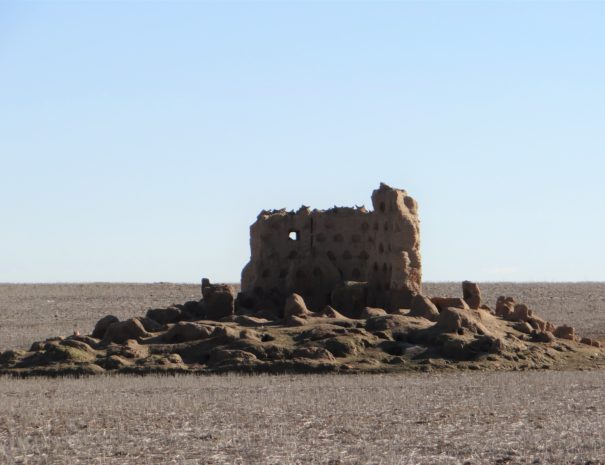

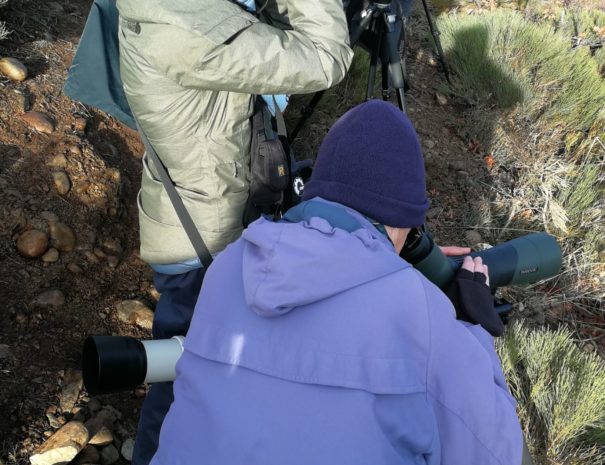
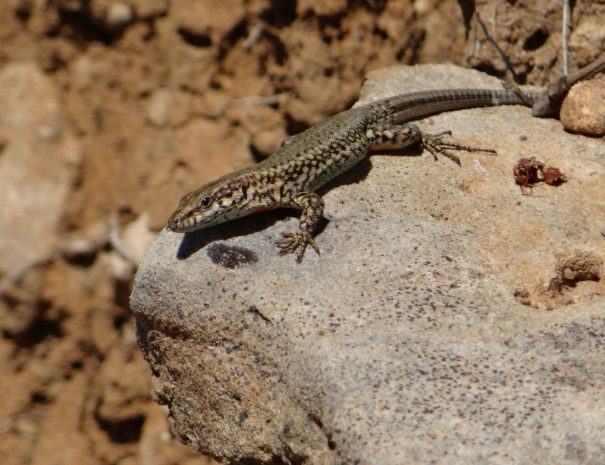
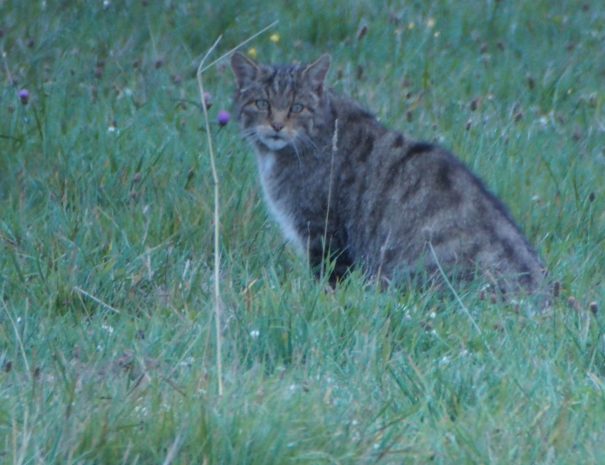

Anterior
Siguiente
ITINERARY
DAY 1 COASTAL WETLANDS AND LIEBANA HOTEL EL OSO
Depending either on flight punctuality and/or airport, we will make a stop for birding in the Santoña wetlands in the case of arriving at Bilbao airport. In the case of landing in Santander, we will stop to explore Alday or Cudeyo wetlands. Both areas offer the chance to spot an abundance of bird species such as the red crested pochard, common tern, spoonbills, great egret, little egret, greenshank, redshank, godwit, oystercatcher, little ring plover, reed bunting, common swan, ruff, dunlin, sanderling, black tern, yellow legged seagull, osprey, black necked grebe, spoonbill, kingfisher, melodious warbler, black kite, winchat, serin, greenfinch.
After visiting the wetlands, we will drive up to the Hermida Gorge and on to Cosgaya town. Here we will be staying at the very comfortable Hotel El Oso in Liebana, Cantabria.
DAY 2 FUENTE DÉ CABLE CAR- HOTEL EL OSO
We will visit the Picos de Europa National Park and the Central Massif known as the Urrieles. From Fuente de we will take the first cable car of the morning, which will whisk us skywards gaining 800m of elevation in only five minutes. This cable car was originally built to ferry the miners up and down that were working in these vertiginous, limestone mountains. Nowadays, the cable car ride has become extremely popular owing to the ease and novelty in which one can reach mountain heights that offer magnificent views. It also gives quick access to the alpine terrain where sacred alpine birds can be successfully observed. Birds likely to be sighted are the alpine chough, alpine accentor, northern wheatear, snowfinch, water pipit, short toed eagle, golden eagle, lammergeyer, and of special interest, the wall creeper. Furthermore, it is also an excellent place to spot chamois darting among the crags and peaks or grazing on open ground.
When our time is up here, the cable car will carry us back down to ground level, and if we keep our eyes peeled, we may get a glimpse of the black woodpecker in the nearby beech woods.
Soon after this, we will return to the hotel El Oso to enjoy the rest of the afternoon and laze around breathing in the clean, mountain air.
DAY 3 LIEBANA- HOTEL EL OSO
On our third day, we will visit different towns in the Liebana vicinity and spots of interest for birding. We will spend the day exploring charming villages each with their own unique character, and hot birding spots in a variety of habitats in locations such as, Pendes, Mogrobejo and Brez. We will be on the lookout for birds such as middle spotted woodpecker, wryneck, western bonelli´s warbler, nuthatch, short toed treecreeper, white wagtail, pied flycatcher, yellowhammer, great spotted woodpecker, common redstart, peregrine falcon, ciril bunting, dipper, tree pipit, iberian chiffchaff, goshawk, grey flycatcher, honey buzzard, booted eagle, griffon vulture and common buzzard. We will also keep a sharp eye out for mammals such as fox and roe deer.
Additionally, we will be visiting the historical town of Potes and Santo Toribio de Liebana. It is believed that the latter town holds a piece of the cross of Jesus Christ. To round the day off, we will spend the evening enjoying our beautiful hotel and its surrounds.
DAY 4 PIEDRASLUENGAS- PALENTIAN MOUNTAINS- HOTEL DOÑA PALMIRA
From Liebana in Cantabria we will be driving up to Piedrasluengas using the mountain road pass edging along the boundary between Palencia and Cantabria. Here, we will be entering the Fuentes Carrionas Natural Park. Facing north, we get a clear view of the Eastern Massif of the Picos de Europa and it is safe to say we will be spending the whole day in this area. These mountains are located in a region heavily under the influence of Atlantic climatic conditions. Therefore, we will come across healthy beech woods where we may chance upon some northern species such as the goldcrest and the Eurasian treecreeper.
However, facing south towards the Med, we get into a much dryer ecosystem where we can still find healthy woods, but these will primarily be of Pyrenean oak. In fact, they are rather good for sightings of certain species such as the middle spotted woodpecker and the western bonelli´s warbler too.
Furthermore, here in Piedrasluengas, on the edge of these neighbouring ecosystems, we are also likely to see birds such as marsh tit, long tailed tit, green Iberian woodpecker, grey partridge, red backed shrike, Dartford warbler, bluethroat, whitethroat, rock thrush and golden eagle.
After this, we will venture down to the spring where the Pisuerga River begins where will go on an enchanting walk through the woods.
Before reaching the Hotel Doña Palmira by car, we will be driving near the dam in Requejada on the lookout for wild cats. And also, we will take a short visit at the Cañon de la Horadada a beautiful gorge where to look for birds such as the peregrine falcon, red billed chough, Egyptian vulture. The hotel is situated in the beautiful locality of Salinas de Pisuerga, also by the river, which harbours ideally flat plains perfect for birds such as the rock bunting, dipper, and the ciril bunting.
Later in the evening, we will dine at the nearby restaurant with the chance of hearing night birds of prey like the tawny owl.
DAY 5 PALENCIA MOUNTAINS- HOTEL DOÑA PALMIRA
At daybreak, we will go in search of mammals not far from the hotel just driving a few minutes up the road. We will sit and wait outside of the vehicle for a couple of hours hoping to spot some of the very interesting mammals in the region such as the brown bear, iberian wolf, wild boar, badger, brume hare, reed deer, roe deer or fox. They are all particularly elusive animals and hard to see, but there is a great deal of potential for sightings at this location.
After this, we will head back to the hotel for a very welcome coffee then make our way to Cervera de Pisuerga to keep exploring some other interesting locations such as the Mirador de Pernia or Cardaño de Arriva.
Later in the evening we will get back to the hotel with ample time to freshen up before dinner.
DAY 6 LA NAVA LAGOONS- HOTEL DOÑA MAYOR
From Ruesga we will head south to the plains of “Tierra de Campos” in southern Palencia, near Frechillas, where the real Mediterranean climate region can be appreciated. The change of landscape is so abrupt as to play games on the senses. It has traditionally been a land for dry crops, which affords ideal habitats for birds such as great bustard, little bustard, black eared wheatear, calandra lark, montagu´s harrier, lesser kestrel, crested lark, greater short toed lark, black shoulder kite, black-bellied sandgrouse, short eared owl, spottless starling, rock sparrow, little owl, spectacled warbler, corn bunting, ortelan bunting, water rail, bee eaters, great ringed plovers, avocets, red knot, whimbrel, black tern and redshank
Once in the La Nava and Boada wetlands, we can find most iconic bird species which are mainly located in La Nava, those of which being the cetti´s warbler, black stork, penduline tit, black winged stilt, gull billed tern, lapwing, purple heron, whiskered tern, aquatic warbler, marsh harrier, southern grey shrike and reed bunting.
Shortly after our spot of birding in these wetlands, we will pay a visit to the town of Fromista and its glamorous church San Martin de Tours, a remarkable historical building that we will visit before settling down to our evening meal at the hotel Doña Mayor.
DAY 7 CANAL DE CASTILLA- HOTEL DOÑA MAYOR
After a relaxed breakfast, we will take a pleasant hike along the Castilla canal that offers easy walking along a nice gravel path parallel to this historical water way that was originally built for the transport of goods such as seafood and wool. Nowadays, this activity has ceased allowing fantastic opportunities for birding where a myriad of species can be seen such as nightingale, iberian green wagtail, jackdaw, bearded tit, savi´s warbler, hoopoe, night heron, golden oriole, little bittern, which frequent the canal area, while towards the prairie we are more likely to find great bustard, thekla lark, stone curlew, and if we get lucky enough, we may even spy the ever-so-shy otter.
As we walk along the Canal de Castilla, we will be following part of the famous Camino de Santiago (Way of Saint James ).
During the afternoon, we will visit the Valdesneros winery where before leaving, we will have tried at least a drop or two of its wonderfully elaborated produce.
After lunch we will visit the village of Villalcazar de Sirga that will provide us with some splendid steppe birding opportunities such as the great bustards.
DAY 8 Fly back home
Departing Fromista, it will take us about two and half hours to get to the airport in the north, so we will pretty much spend most of the day in getting there while stopping to rest from time to time in order to scan for birds at locations of interest.
Comments are closed.
